19 Simple Greenhouse Plants Anyone Can Grow
Starting a greenhouse can be a rewarding experience, especially for beginners eager to grow their own plants. Choosing the right plants is key to a successful start. Some plants are perfect for greenhouse conditions, requiring little care while thriving in the controlled environment. Whether you have a small or large greenhouse, there are plenty of options to get you started. From leafy greens to vibrant flowers, each plant offers unique benefits and easy maintenance. With a few basic tips and a bit of patience, even a beginner can grow a productive greenhouse garden.
This post may contain affiliate links, which helps keep this content free. Please read our disclosure for more info.
Tomatoes
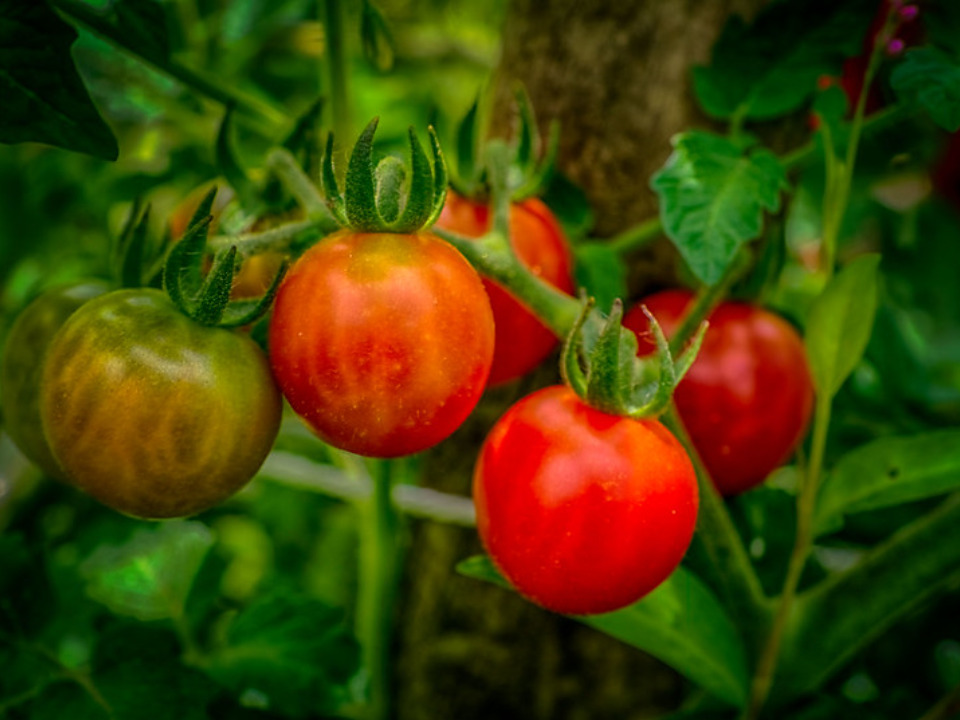
Tomatoes are one of the most popular plants to grow in a greenhouse. They thrive in the warm, consistent temperatures that a greenhouse provides, making them ideal for beginners. These plants are versatile and come in many varieties, so you can choose one that suits your tastes. They require regular watering and need plenty of sunlight, which a greenhouse can easily provide.
Once the plants start bearing fruit, it is important to support them with stakes or cages to keep them upright. Pruning and removing the suckers will help promote better airflow and larger fruit. With the right care, tomatoes can be a rewarding choice for beginner gardeners.
Lettuce
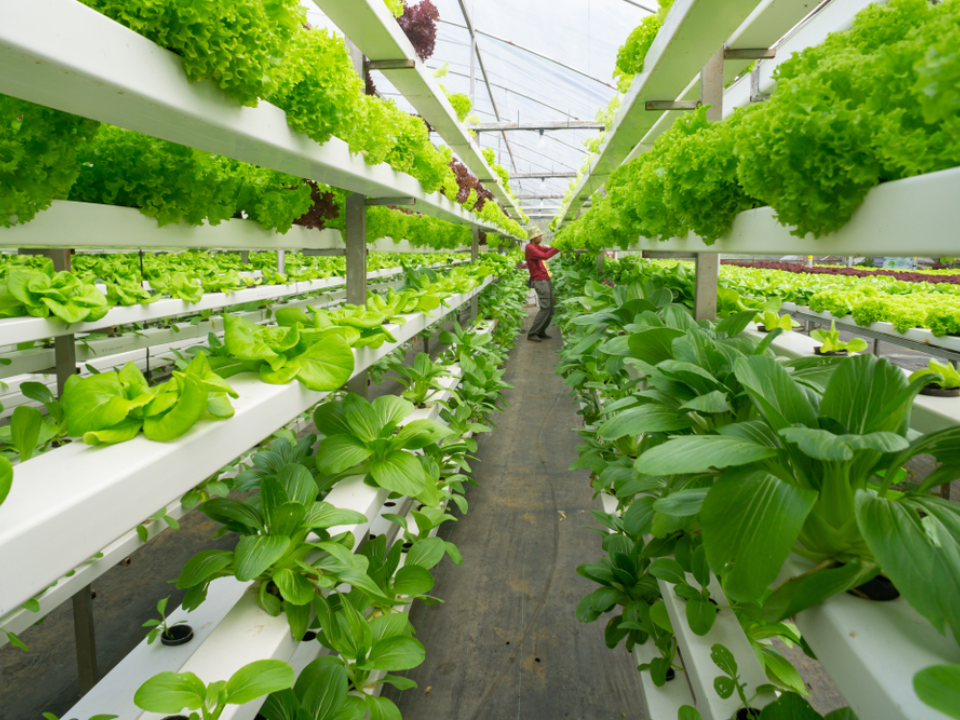
Lettuce is a fast-growing vegetable that is perfect for a greenhouse environment. It grows well in cooler temperatures, making it ideal for beginners who may be concerned about the heat of summer. The greenhouse allows you to control the temperature and humidity levels, ensuring that your lettuce stays healthy and vibrant throughout the growing season.
Lettuce requires regular watering, but it is essential not to overwater as it can lead to rot. Harvesting lettuce is simple—just cut the outer leaves when they are large enough to eat. This method allows the inner leaves to continue growing, giving you a steady supply.
Herbs (Basil, Mint, Parsley)
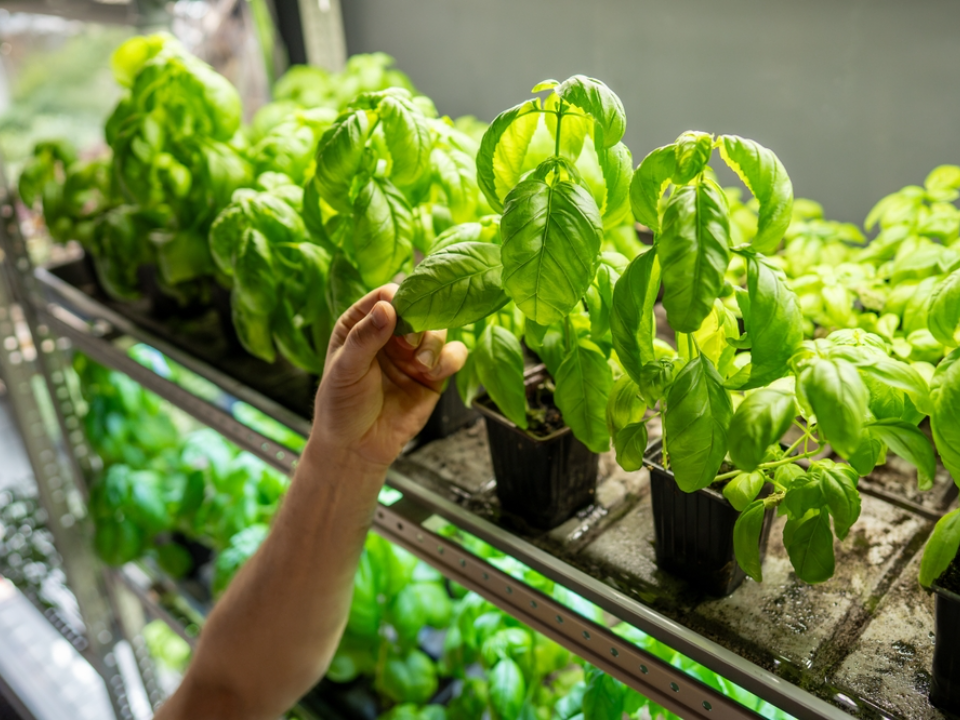
Herbs are a great option for beginners, as they are easy to grow and don’t require much space. Basil, mint, and parsley are particularly well-suited to greenhouse conditions. These herbs enjoy the consistent warmth and humidity that a greenhouse offers, making them easy to grow year-round.
Herbs like basil and mint do best when pruned regularly to encourage new growth. Keep them in containers or small pots to prevent them from taking over the greenhouse. Regular harvesting will keep the plants producing and help keep them from becoming too leggy.
Cucumbers
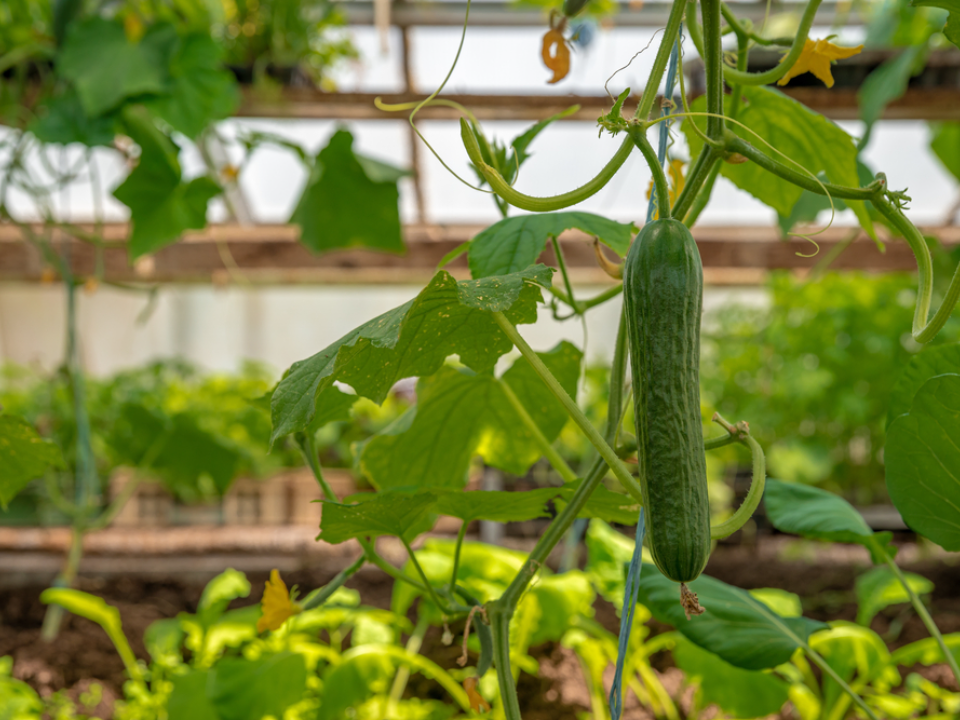
Cucumbers are another excellent choice for greenhouse gardening. These plants enjoy the warmth of a greenhouse and require plenty of space to grow. Cucumbers grow quickly, and with a little attention, they can produce a high yield. They can be grown vertically in a greenhouse, saving space and making it easier to care for them.
It’s important to water cucumbers consistently to prevent them from drying out. They also benefit from occasional feeding with a balanced fertilizer to ensure healthy growth. With the right conditions, cucumbers are a great option for beginners who want to grow a productive greenhouse plant.
Radishes
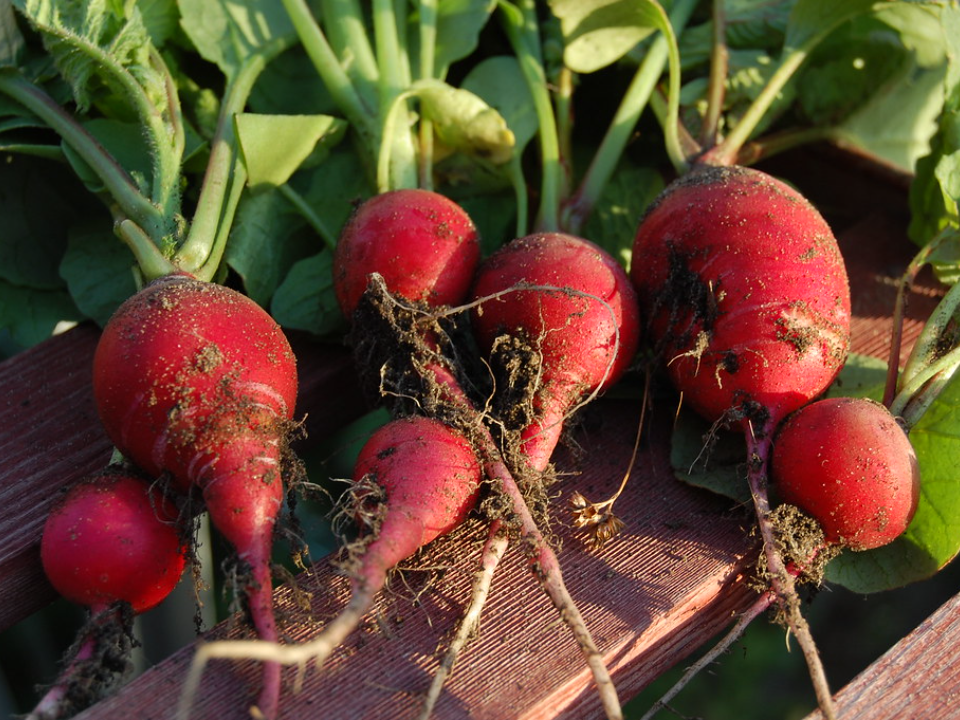
Radishes are a simple and quick-growing vegetable, making them perfect for beginners. They thrive in a greenhouse environment because of the temperature control and consistent moisture. Radishes can be planted in small pots or directly into the soil, and they grow rapidly, often ready for harvest in just a few weeks.
These plants are easy to care for and require minimal attention. They need regular watering but don’t tolerate soggy soil, so be mindful of drainage. With their fast-growing nature, radishes can provide a quick harvest and encourage beginners to continue experimenting with their greenhouse.
Spinach
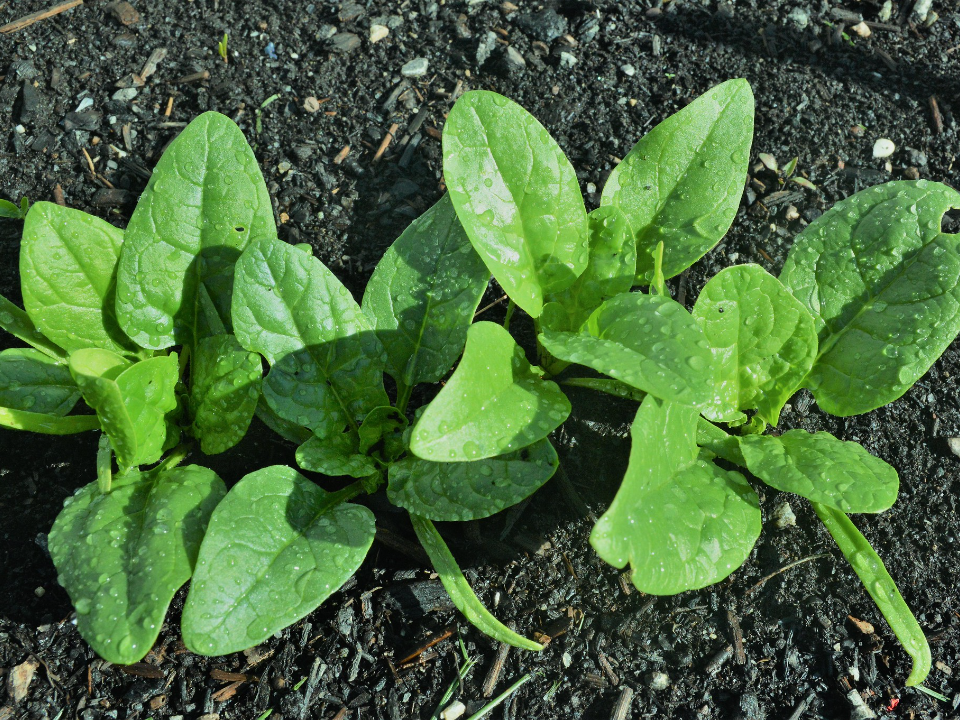
Spinach is another cool-season crop that does well in greenhouses. This plant benefits from the stable temperatures a greenhouse provides, allowing it to grow quickly and without stress. Spinach is a great choice for beginners because it is low-maintenance and can be harvested as baby leaves or mature plants.
Keep the soil moist but not waterlogged, and ensure the plants get plenty of light. Spinach can be grown in containers or directly in the ground, making it versatile for different greenhouse setups. Its ability to grow quickly makes it rewarding for new gardeners.
Peppers (Bell and Hot)
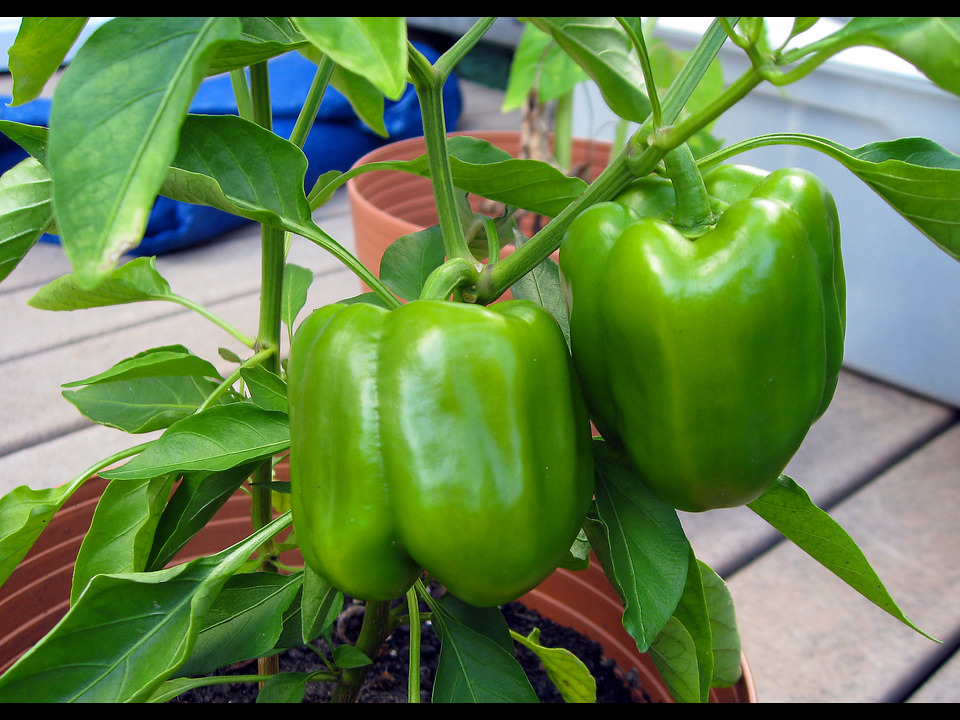
Peppers are an excellent choice for greenhouse gardeners who want to try something a little more advanced. Bell peppers and hot peppers both thrive in the warm, consistent temperatures that greenhouses provide. They need a lot of sunlight, which a greenhouse can easily provide, making them a great choice for beginners with enough space.
Peppers need regular watering and well-drained soil to prevent root rot. They also require occasional fertilizing to promote healthy fruit production. With a little care and attention, peppers can be a rewarding and productive plant for any greenhouse.
Carrots
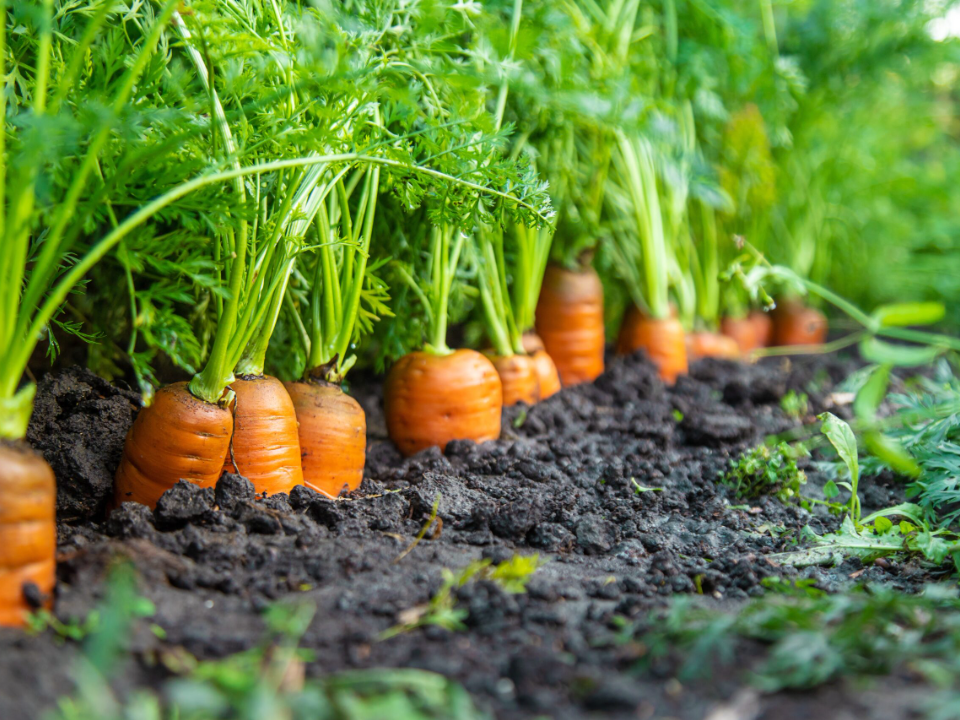
Carrots grow well in greenhouses and are a great plant for beginners to try. These vegetables enjoy the cool temperatures inside a greenhouse, which helps them grow long and healthy. Carrots do well when planted in deep soil or containers where they can develop their roots freely.
While carrots need consistent moisture, they don’t like soggy soil. Thinning the seedlings ensures that the remaining plants have enough space to grow. These vegetables can be harvested in stages, which means you can enjoy fresh carrots over a long period of time.
Beans
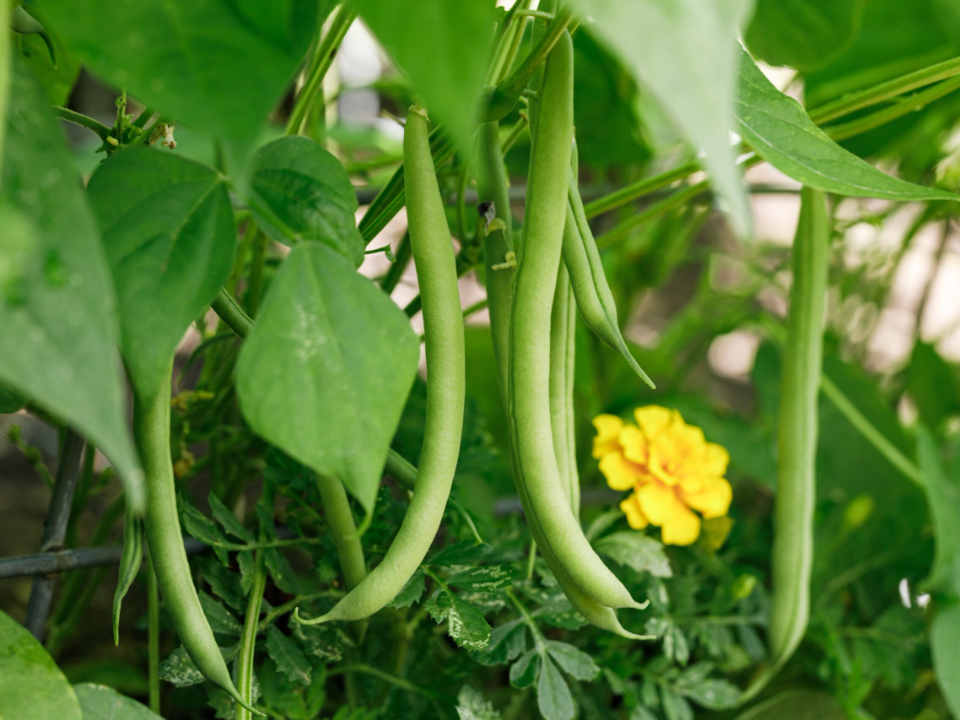
Beans are another plant that beginners can easily grow in a greenhouse. They do well in the warm, sheltered environment of a greenhouse and can be grown in containers or directly in the soil. Beans are nitrogen-fixing plants, meaning they help improve the soil, making them a beneficial addition to any garden.
These plants grow quickly and produce a bountiful harvest with minimal care. Be sure to provide support for climbing varieties, such as pole beans, so they can grow upwards. Beans are perfect for gardeners who want a low-maintenance yet productive crop.
Strawberries
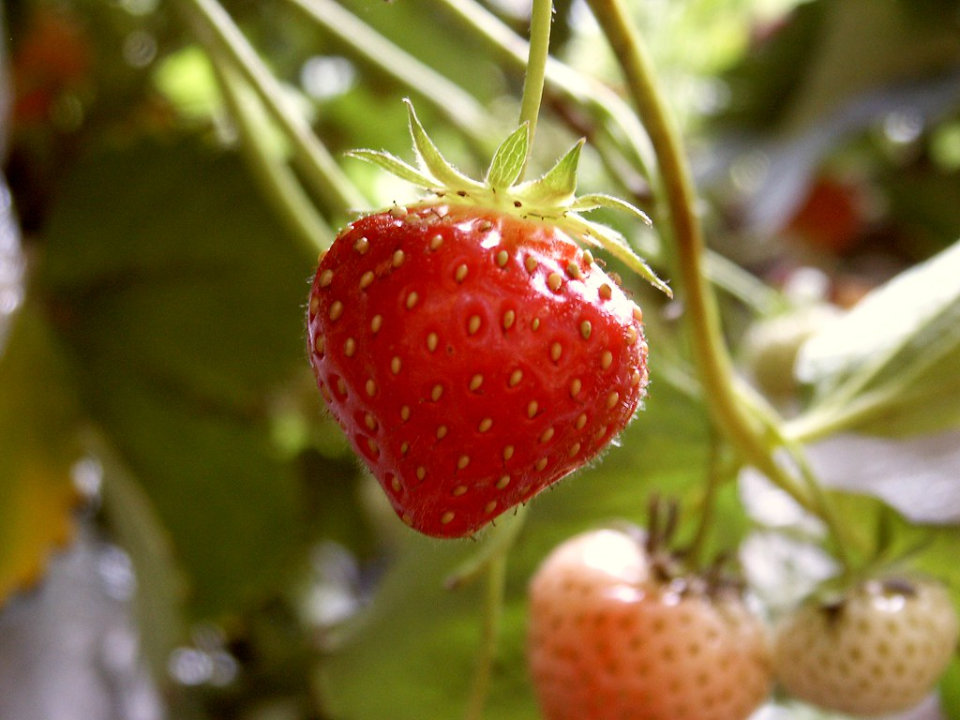
Strawberries are a sweet and rewarding plant for beginners to grow in a greenhouse. They benefit from the controlled environment, allowing them to produce fruit early in the season. Strawberries can be grown in containers or hanging baskets, saving space and making harvesting easier.
Ensure that the plants receive plenty of light and are watered consistently. Strawberries require good drainage, so be mindful of overwatering. Once they start producing, you’ll enjoy fresh, homegrown strawberries throughout the season.
Kale
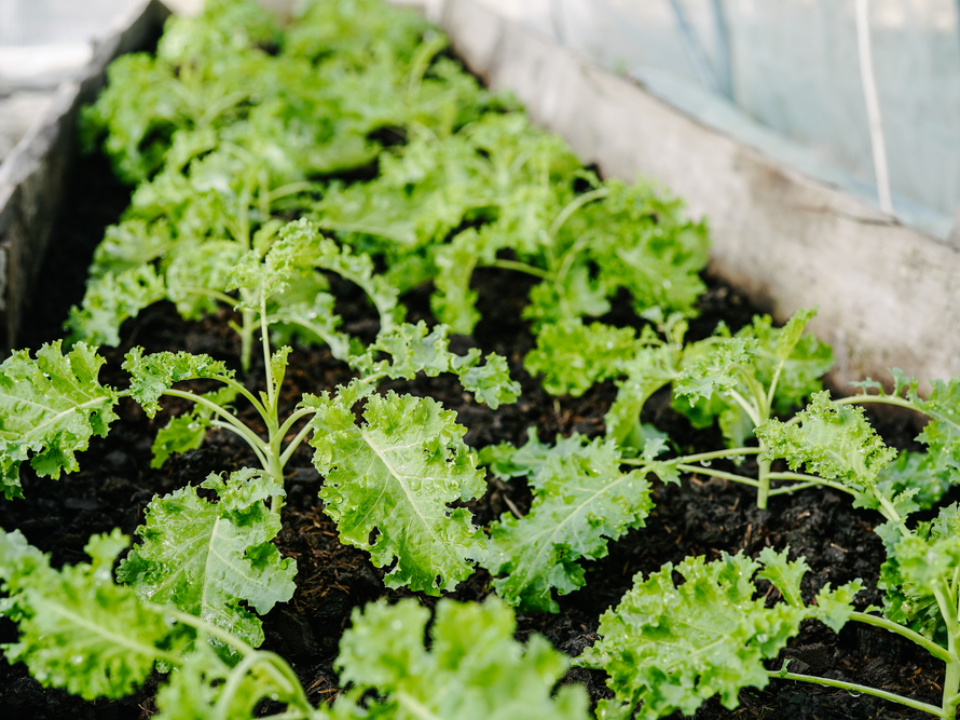
Kale is a hardy green that thrives in a greenhouse. It grows best in cooler temperatures, making it an excellent choice for a controlled greenhouse environment. Kale is easy to care for and can be harvested continuously by picking the outer leaves.
Regular watering and good drainage are key to growing healthy kale. It’s also a great plant to grow in the winter, as the greenhouse environment will protect it from frost. Kale’s versatility and nutritional value make it a great plant for any beginner greenhouse gardener.
Zucchini
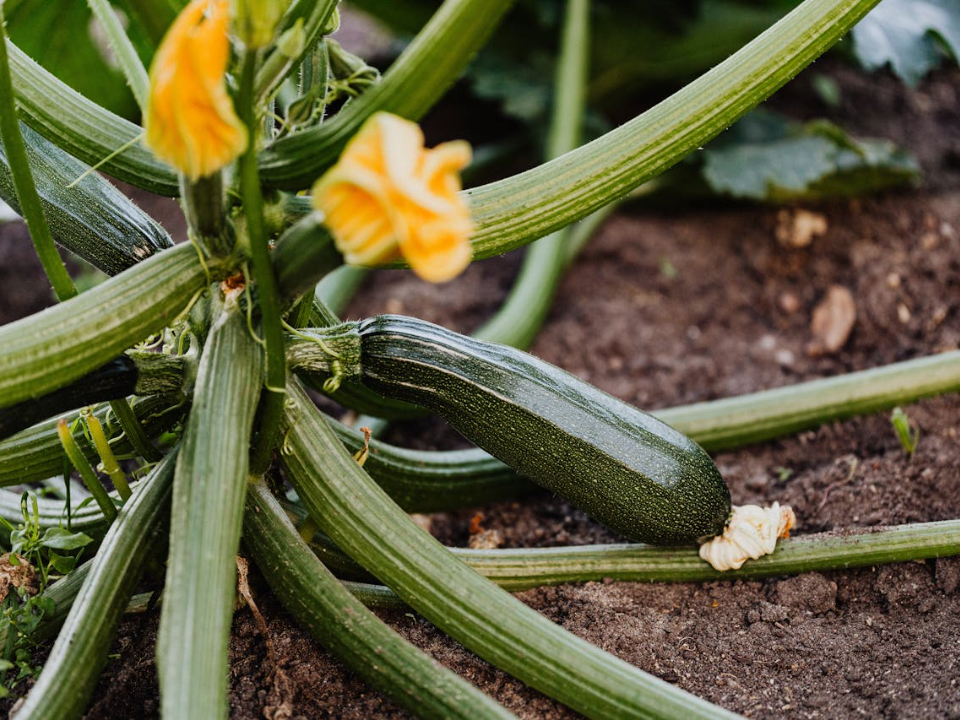
Zucchini is another productive vegetable for beginners. These plants grow well in greenhouses, as they appreciate the warm, stable temperatures. Zucchini can quickly become prolific, with plants producing multiple fruits at once, which makes it ideal for gardeners looking for high yield.
They require regular watering, but be cautious not to overwater them. Zucchini plants also need plenty of space to spread out. With a little care, zucchini can be a very rewarding crop for beginner greenhouse gardeners.
Chard
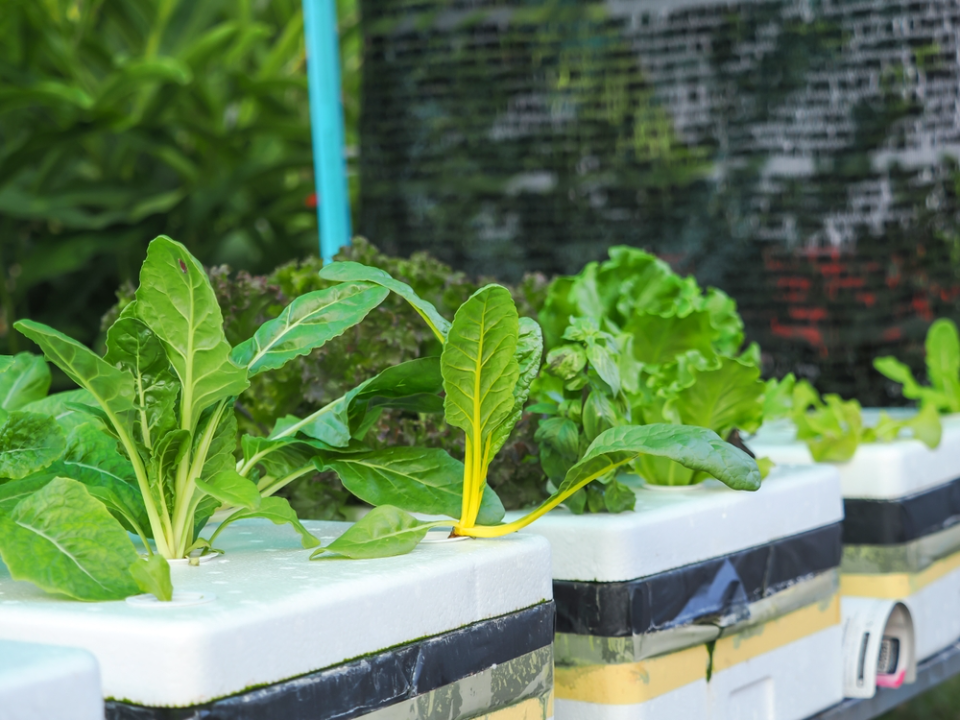
Chard is a versatile and easy-to-grow leafy green that thrives in greenhouses. It’s an excellent choice for beginners who want a plant that can be harvested continuously. Chard grows well in a variety of conditions, making it perfect for a controlled greenhouse environment.
Like other leafy greens, chard requires regular watering and good drainage. It can be grown in containers or directly in the soil, depending on your space. With its vibrant colors and nutritious leaves, chard is an excellent addition to any greenhouse.
Cabbage
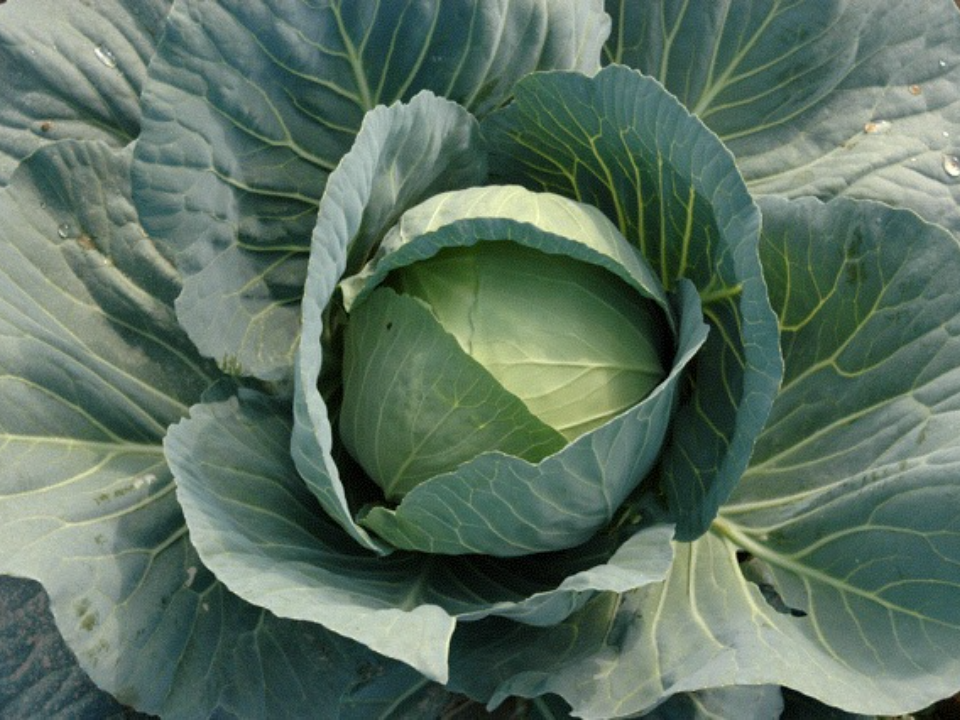
Cabbage is a hardy vegetable that does well in a greenhouse environment. It grows best in cooler temperatures, making it an ideal plant for fall and early spring. Cabbage requires consistent watering and plenty of space for its large heads to develop.
Cabbage can be grown in rows or large containers, with enough room for the heads to form. Fertilizing the plants regularly ensures healthy growth. With the proper care, cabbage will reward you with large, crunchy heads perfect for salads and cooking.
Eggplants
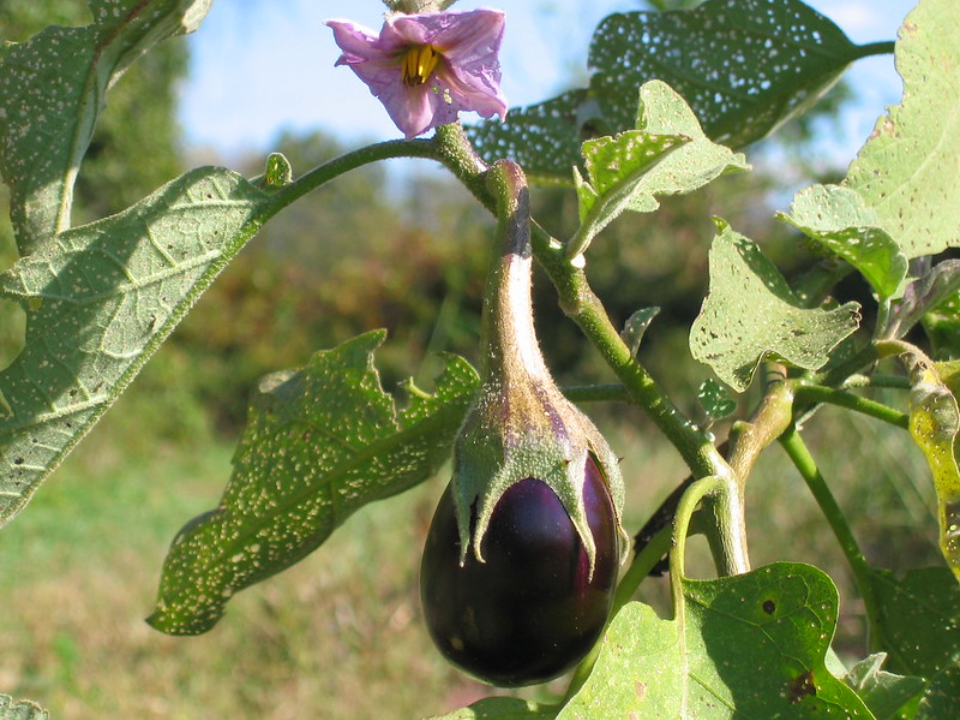
Eggplants are a great option for greenhouse gardening. They thrive in the warm environment and can grow quickly when provided with ample sunlight. These plants are well-suited for beginners who want to grow something a little more exotic.
Eggplants require well-drained soil and regular watering. Be sure to provide support for the fruit as it grows to keep it from touching the ground. With a little attention, eggplants can produce high-quality fruit in your greenhouse.
Chives
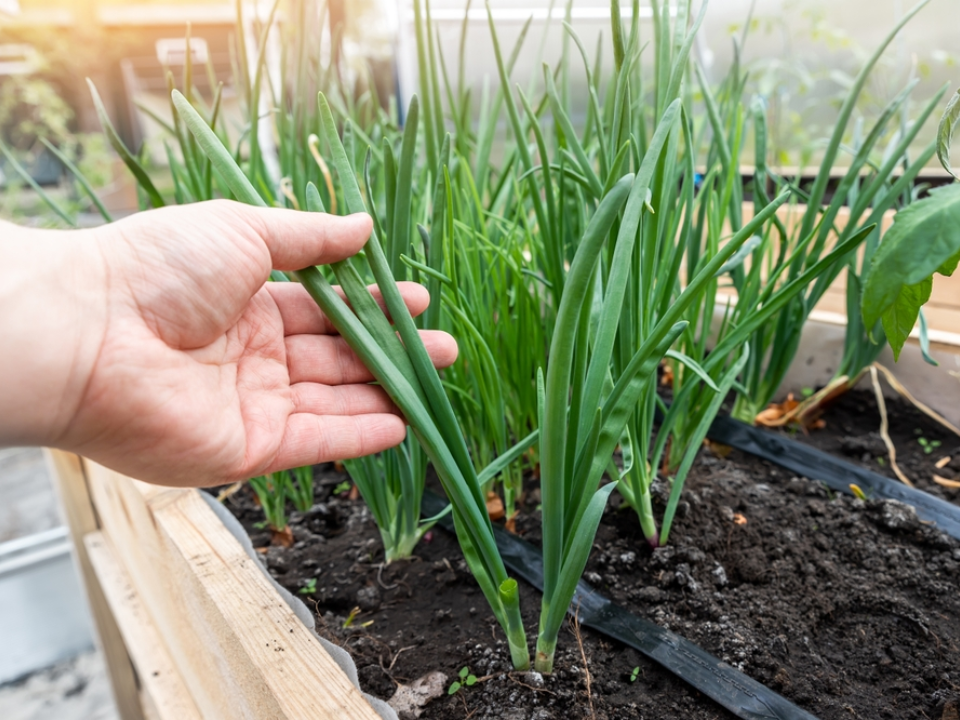
Chives are one of the easiest herbs to grow in a greenhouse. They thrive in containers and small spaces, making them a great option for gardeners with limited space. Chives are hardy plants that require little maintenance, making them perfect for beginners.
These plants enjoy moderate sunlight and need regular watering. Pruning chives regularly helps them grow faster and keeps them from becoming too leggy. Chives are a great way to add flavor to dishes and grow fresh herbs year-round.
Sweet Potatoes
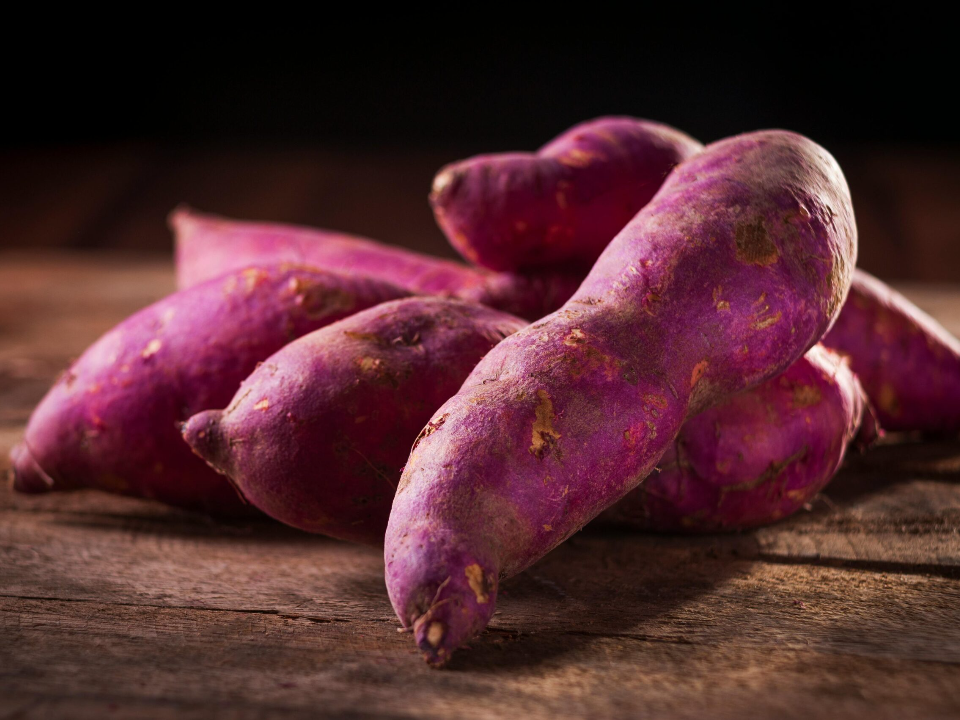
Sweet potatoes can be successfully grown in greenhouses, especially if you live in a cooler climate. They thrive in the warmth provided by a greenhouse and can grow in both containers and the ground. Sweet potatoes require a long growing season, so be prepared for a bit of patience.
These plants need regular watering and lots of space to grow. Harvesting sweet potatoes is easy, but it may take several months for the roots to mature. With the right conditions, sweet potatoes can be a rewarding crop for any greenhouse gardener.
Beets
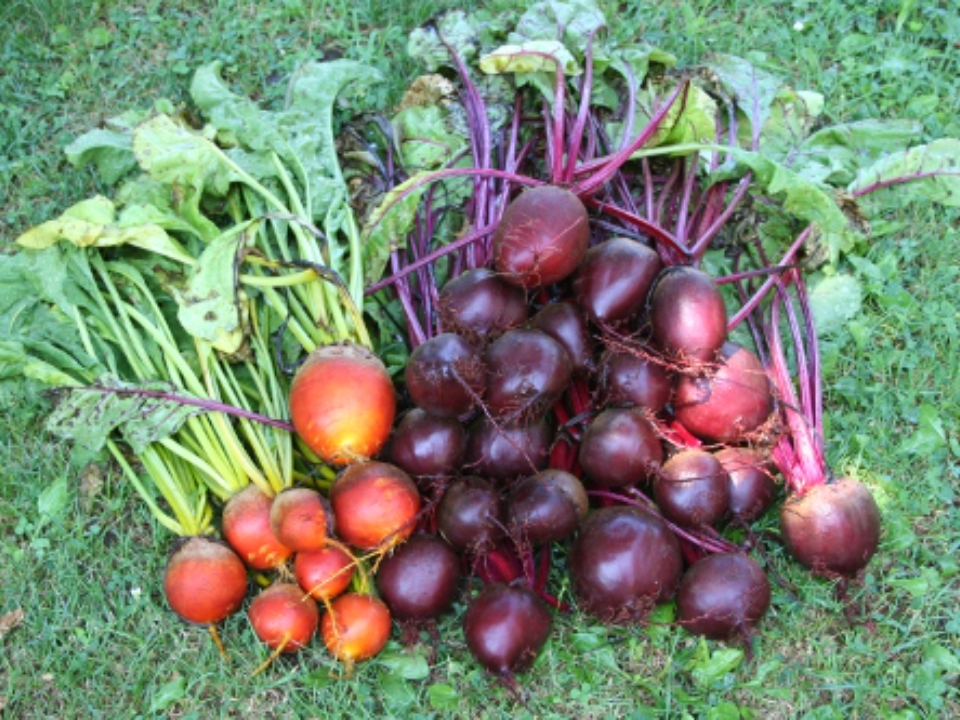
Beets are an easy-to-grow vegetable that adapts well to greenhouse environments. They are perfect for beginners due to their straightforward care and fast-growing nature. Beets prefer cooler temperatures, which makes them ideal for year-round greenhouse gardening.
Watering regularly is important, but be sure to allow the soil to dry out a bit between waterings. Beets can be grown in containers or directly in the soil, and they can be harvested early for smaller, tender roots or left to grow larger.
Peas
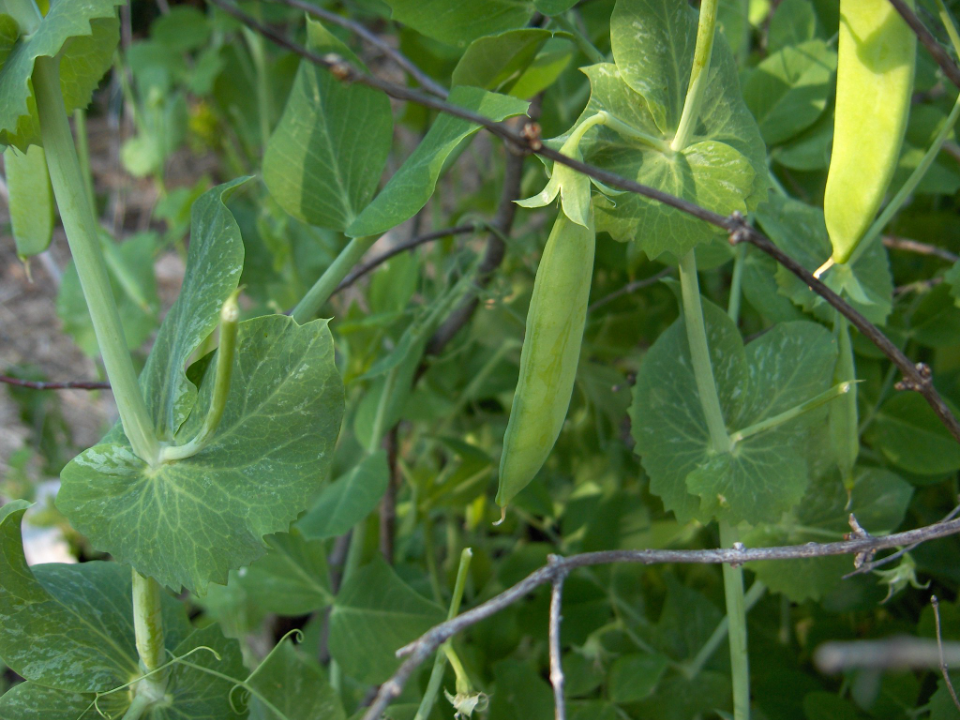
Peas are an excellent plant for beginners to grow in a greenhouse. They thrive in cool temperatures, making them perfect for early spring or late fall gardening. Peas grow quickly and can be grown in containers or directly in the soil.
Provide them with a trellis or support to climb on, and make sure they have enough space to spread out. Peas need regular watering and enjoy moderate sunlight. They are a great crop for beginners who want something that grows quickly and produces a bountiful harvest.
This article originally appeared on Avocadu.
